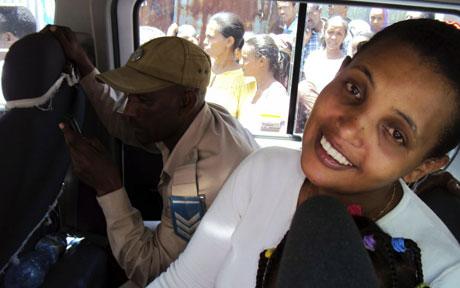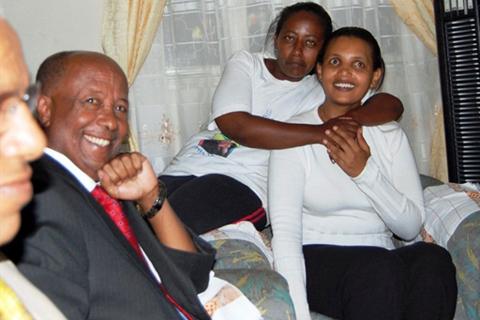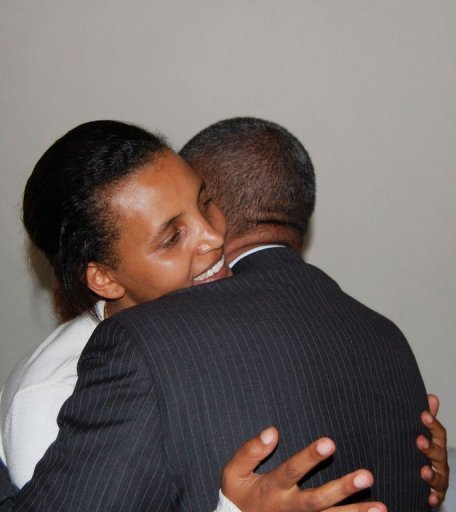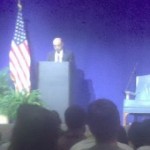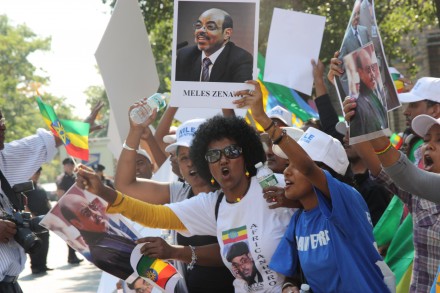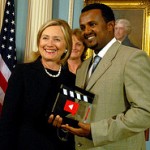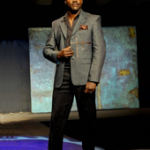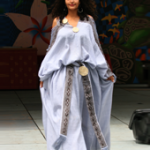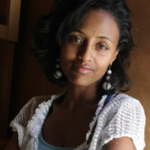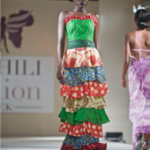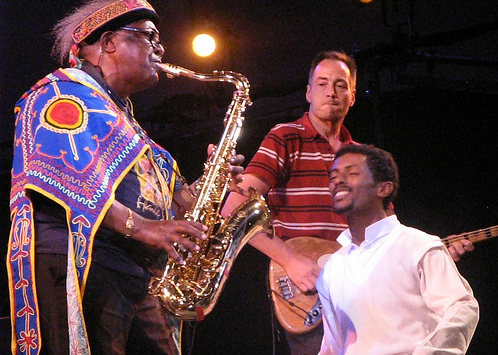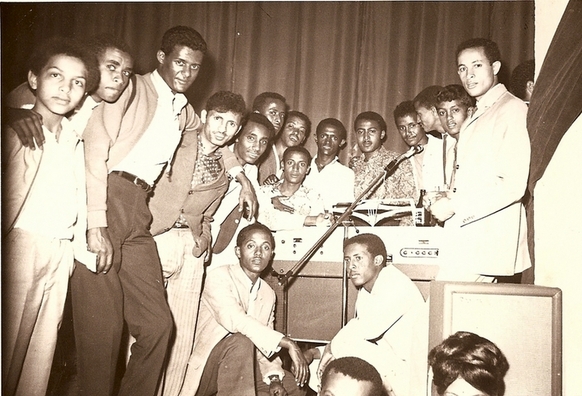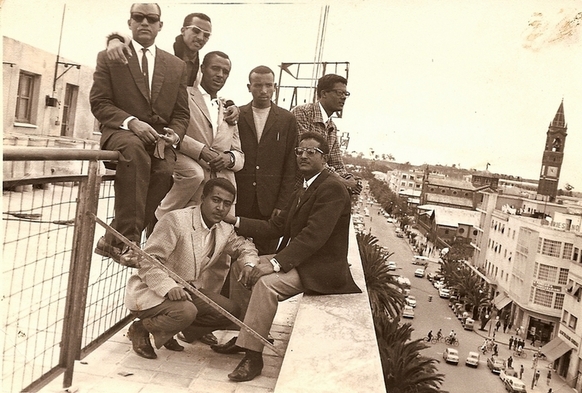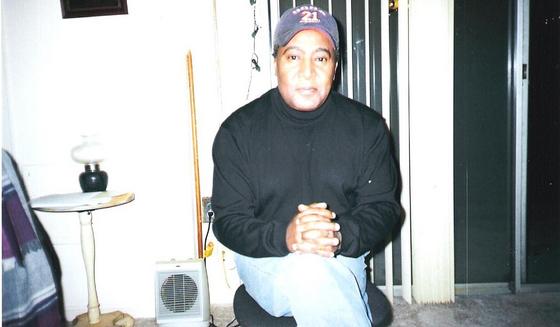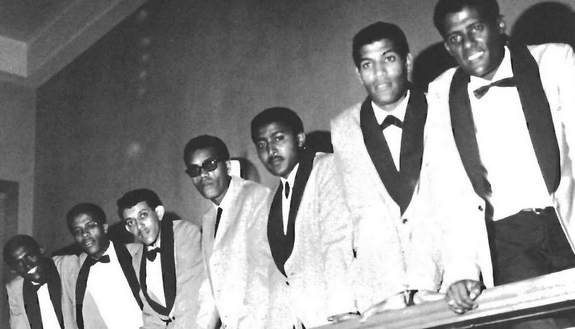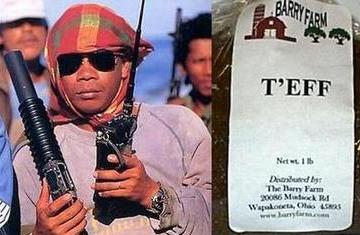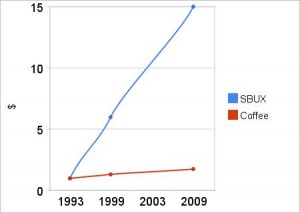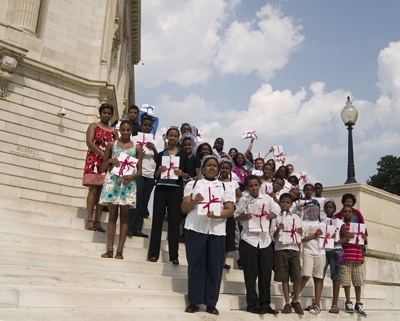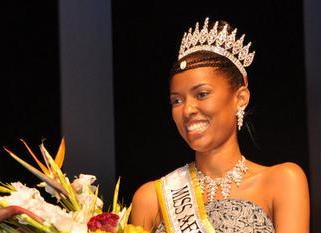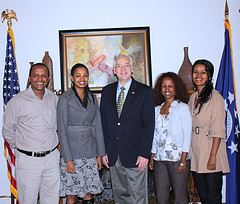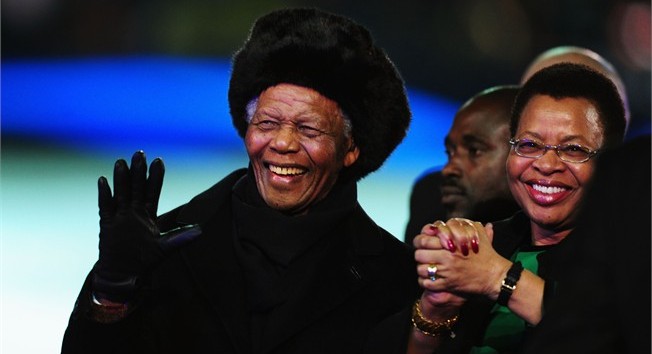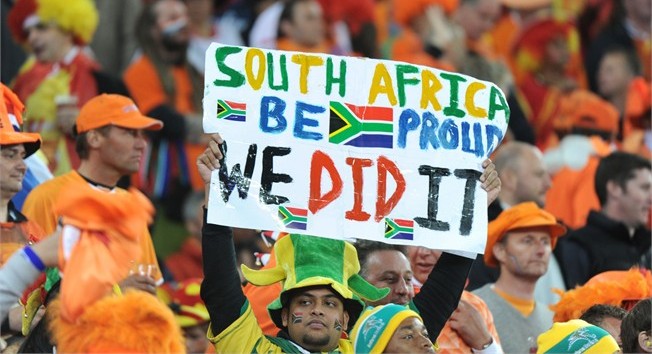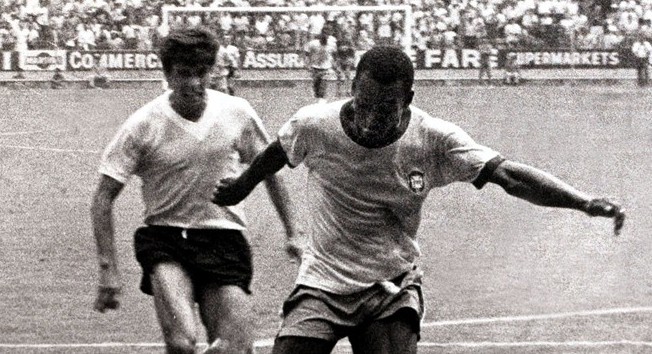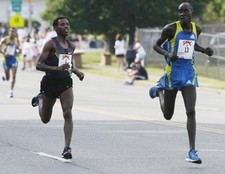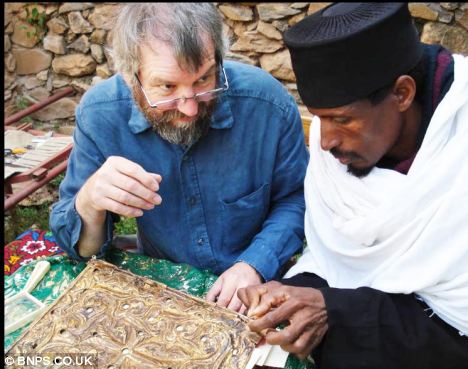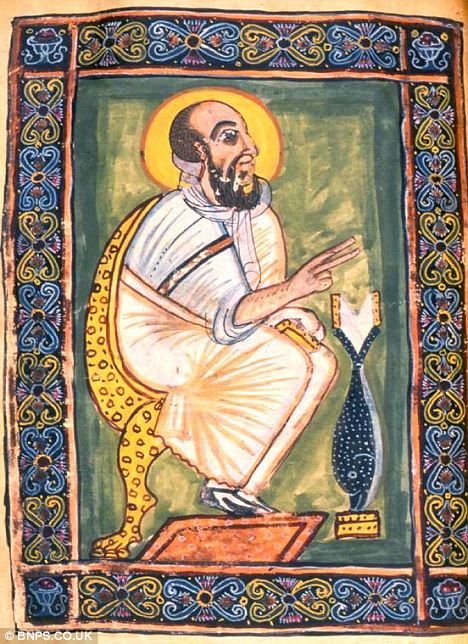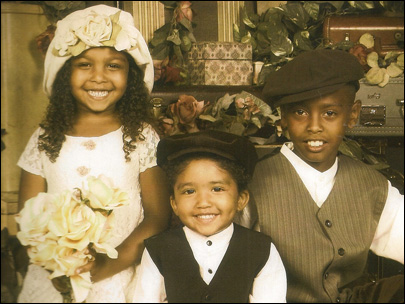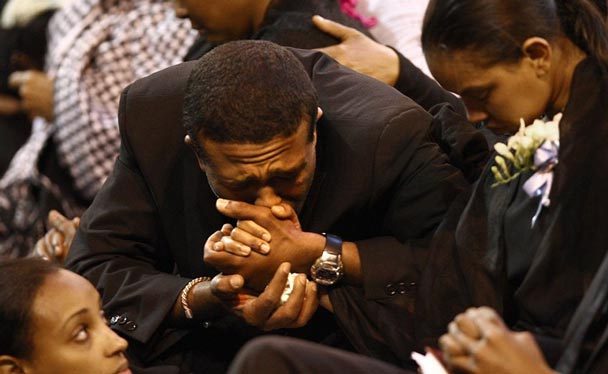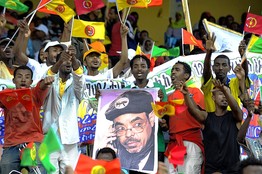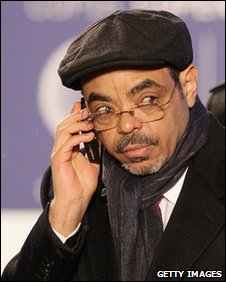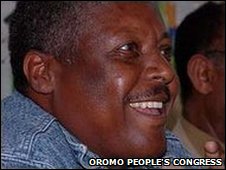Tadias Magazine
By Tadias Staff
Published: Sunday, August 29, 2010
WASHINGTON (TADIAS) – Senator Russ Feingold (D-Wis.), a member of the United States Senate Committee on Foreign Relations, has introduced a bill entitled “Support for Democracy and Human Rights in Ethiopia Act of 2010.”
The legislation, co-sponsored by Senator Patrick Leahy (D-Vt.), asserts new U.S. foreign policy towards Ethiopia focused on improving humans rights and empowering democratic institutions. The proposed law in the 111th Congress follows Ethiopia’s 2010 disputed national elections.
Below is the text of the bill. You can track its progress at Govtrack.us.
S. 3757:
To reaffirm United States objectives in Ethiopia and encourage critical democratic and humanitarian principles and practices, and for other purposes. Be it enacted by the Senate and House of Representatives of the United States of America in Congress assembled,
SECTION 1. SHORT TITLE.
This Act may be cited as the ‘Support for Democracy and Human Rights in Ethiopia Act of 2010′.
SEC. 2. FINDINGS.
Congress makes the following findings:
(1) Despite progress and an estimated annual growth rate of nearly 10 percent, Ethiopia remains one of the poorest and most hunger-prone countries in the world, with more than half of the population of 78,000,000 living on less than $1 per day.
(2) Since the collapse of the Derg and overthrow of the Mengistu regime in 1991, the Ethiopian Peoples’ Revolutionary Democratic Front-led government has overseen the introduction of a multiparty system and the adoption of a new constitution that guarantees economic, social, and cultural rights and states that `human and democratic rights of peoples and citizens shall be protected.’
(3) Ethiopia and Eritrea fought a bloody border war between 1998 and 2000, and, despite the Algiers Accord ending the conflict and the agreement to abide by the final and binding Ethiopia-Eritrea Border Commission (EEBC) arbitration, the Government of Ethiopia has refused to comply with the final physical demarcation of the border and the Government of Eritrea has expelled the United Nations peacekeeping force, causing regional instability and keeping alive the possibility of a renewed border war.
(4) According to the March 2010 report by the United Nations Monitoring Group on Somalia, `Since the cessation of hostilities between the [Ethiopia and Eritrea] in 2000, Asmara has sought to counter Ethiopian influence in the region and supported armed groups within Ethiopia who oppose the current government. Since 2006, and possibly earlier, Eritrea has supported opposition to the Transitional Federal Government, which it perceives as a proxy for the Government of Ethiopia.’
(5) Sporadic fighting has continued between Ethiopian National Defense Forces (ENDF) and armed opposition Ogaden National Liberation Front (ONLF) in the Somali Region of Ethiopia. Stringent restrictions continue to be placed on media and aid workers, making it difficult for independent observers and aid workers to monitor or respond to the humanitarian and human rights situation, including the behavior of the Ethiopian National Defense Forces, allied militia forces, and the Ogaden National Liberation Front.
(6) Credible sources indicate there are ongoing and serious human rights abuses against civilians in the Somali Region, including arbitrary arrests and detentions by military, police and paramilitary forces; allegations of torture in military and police custody, including sexual violence against women and girls; and diversion of food aid intended for civilian communities.
(7) In the run up to the 2010 elections, the Ethiopian Parliament passed a number of new laws, including the Charities and Societies Proclamation and the Anti-Terrorism Proclamation, which severely restrict freedom of expression, freedom of association, peaceful assembly, and the right to a fair trial, while broadening the definition of terrorism.
(8) The Department of State’s 2009 Country Reports on Human Rights Practices states that `although the constitution and law prohibit the use of torture and mistreatment . . . [o]pposition political party leaders reported frequent and systematic abuse and intimidation of their supporters by police and regional militias’ and that `opposition UDJ party president Birtukan Mideksa, whose pardon was revoked and life sentence reinstate in December 2008, remain in prison throughout the year. She was held in solitary confinement . . . despite a court ruling that indicate it was a violation of her constitutional rights’.
(9) In its 2010 Freedom in the World report, Freedom House noted that, in the run up to elections, Ethiopia saw a `narrowing of political activity . . .’ and that `the government cracked down on operations of nongovernmental organizations and . . . a series of arrests of opposition figures’.
(10) The European Union Election Observer Mission noted in its preliminary statement on the May 23, 2010 elections, `The National Electoral Board of Ethiopia administered the electoral process in an efficient and competent manner, but failed to dispel opposition parties’ lack of trust in its independence. While several positive improvements have been introduced, the electoral process fell short of certain international commitments, notably regarding the transparency of the process and the lack of a level playing field for all contesting parties.’
(11) In testimony before the Subcommittee on Africa and Global Health of the Committee on Foreign Affairs of the House of Representatives, Assistant Secretary of State for African Affairs Johnnie Carson stated that `[w]hile the [Ethiopian] elections were calm and peaceful and largely without any kind of violence we note with some degree of remorse that the elections there were not up to international standards,’ and that `[i]t is important that Ethiopia move forward in strengthening its democratic institutions and when elections are held that it level the playing field to give everyone a free opportunity to participate without fear or favor’.
(12) On May 25th, 2010, the National Security Council’s spokesman Mike Hammer, released a statement which noted with concern that `The limitation of independent observation and the harassment of independent media representatives [in Ethiopia] are deeply troubling . …[and that an] environment conducive to free and fair elections was not in place even before Election Day.’ The statement also noted that `[i]n recent years, the Ethiopian government has taken steps to restrict political space for the opposition through intimidation and harassment, tighten its control over civil society, and curtail the activities of independent media. We are concerned that these actions have restricted freedom of expression and association and are inconsistent with the Ethiopian government’s human rights obligations.’
SEC. 3. STATEMENT OF POLICY.
It is the policy of the United States–
(1) to support and encourage efforts by the people and Government of Ethiopia–
(A) to achieve a participatory multiparty democracy, an active and unhindered civil society, rule of law and accountability, judicial capacity and independence, freedom of the press, respect for human rights, and economic development; and
(B) to develop a comprehensive strategy to combat extremism and terrorism in a manner consistent with international law;
(2) to promote peace and stability, equal access to humanitarian assistance regardless of gender, ethnicity, religion, or political views, and good governance, transparency, and accountability;
(3) to seek the unconditional release of all political prisoners and prisoners of conscience in Ethiopia, and the repeal of laws that enable politically motivated arrests without due process;
(4) to prohibit funding to any unit of the Ethiopian security forces if the Secretary of State has credible information that such unit has committed a gross violation of human rights, unless the Secretary certifies to the appropriate congressional committees that the Government of Ethiopia is taking effective measures to bring the responsible members of the security forces unit to justice; and
(5) to seek a resolution of the ongoing dispute between the Government of Ethiopia and the Government of Eritrea consistent with the Ethiopia-Eritrea Border Commission arbitration decisions on border demarcation, to press the Government of Eritrea to cease all support for armed opposition groups in Ethiopia and the region, and to urge both Governments to contribute constructively to stability throughout the Horn of Africa, especially in Somalia.
SEC. 4. SENSE OF CONGRESS.
It is the sense of Congress that the United States Government should–
(1) build on successful diplomatic efforts that contributed to the October 2007 release of political prisoners in Addis Ababa, and press the Ethiopian government to release Birtukan Mideksa, as well as other political prisoners;
(2) urge the Government of Ethiopia to repeal or at a minimum amend the Civil Society Proclamation, the Anti-Terrorism Proclamation, and the Mass Media and Freedom of Information Proclamation in order to genuinely protect the constitutional rights and freedoms of all Ethiopian citizens;
(3) press the Government of Ethiopia to allow human rights and humanitarian groups, as well as the media, to have unfettered access to areas of concern throughout the country;
(4) encourage and assist the United Nations and other independent organizations and the media to investigate credible reports of gross violations of human rights or international humanitarian law in the Somali region of Ethiopia, to publish any information of serious abuse, and send consistent messages to the Government of Ethiopia that the continuation of such violations or impunity in this region, or Ethiopia more generally, has consequences for relations between the United States and Ethiopia; and
(5) encourage the Governments of both Ethiopia and Eritrea to immediately take steps to lessen tensions, physically demarcate the border in accord with the Ethiopia-Eritrea Border Commission decision, and promote normalization of relations between the two countries.
SEC. 5. RESTRICTIONS ON ASSISTANCE.
(a) Conditions-
(1) PROHIBITION OF FUNDS- Notwithstanding any other provision of law, assistance may not be provided to the Government of Ethiopia unless the Secretary of State certifies annually that the Government of Ethiopia has taken demonstrable steps–
(A) to ensure the autonomy and fundamental freedoms of civil society organizations to pursue work on civic education, democratization, good governance, accountability, human rights, and conflict resolution, without excessive government intervention or intimidation;
(B) to respect the rights of and permit non-violent political parties to operate free from intimidation and harassment, including releasing opposition political leaders currently imprisoned;
(C) to strengthen the independence of its judiciary, including developing the capacity of the judiciary at the national, regional, and local levels;
(D) to allow Voice of America and other independent media to operate and broadcast without interference in Ethiopia;
(E) to promote respect for human rights and accountability within its security forces, including undertaking credible investigations into any allegations of abuse and ensuring appropriate punishment; and
(F) to ensure that humanitarian and development entities, including those of the United Nations, have unfettered access to all regions of the country without prejudice to the political views of recipients.
(2) WAIVER- The prohibition included in paragraph (1) shall not apply if the Secretary of State certifies in writing to Congress that waiving such a prohibition is in the national security interest of the United States.
(b) Exceptions- The prohibitions in paragraph (1) shall not apply to–
(1) health and HIV/AIDS assistance;
(2) humanitarian assistance; or
(3) emergency food aid.
(c) Report- Not later than 120 days after exercising a waiver pursuant to subsection (a)(2), and every 90 days thereafter, the Secretary of State shall submit a report to the appropriate congressional committees assessing progress made by the Government of Ethiopia in the areas set forth in subparagraphs (A) through (F) of subsection (a)(2).
SEC. 6. DEFINITIONS.
In this Act the term `appropriate congressional committees’ means–
(1) the Committee on Foreign Relations and the Committee on Appropriations of the Senate; and
2) the Committee on Foreign Affairs and the Committee on Appropriations of the House of Representatives.
—
Join the conversation on Twitter and Facebook.
